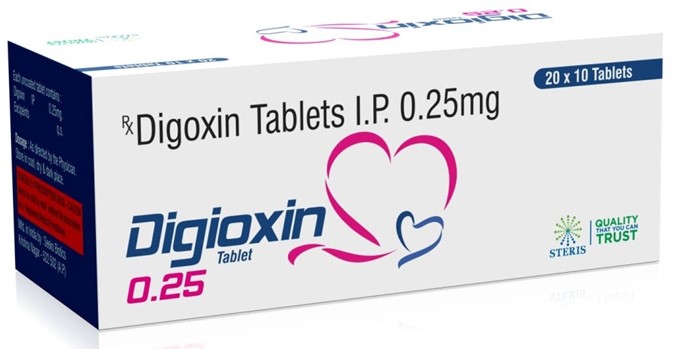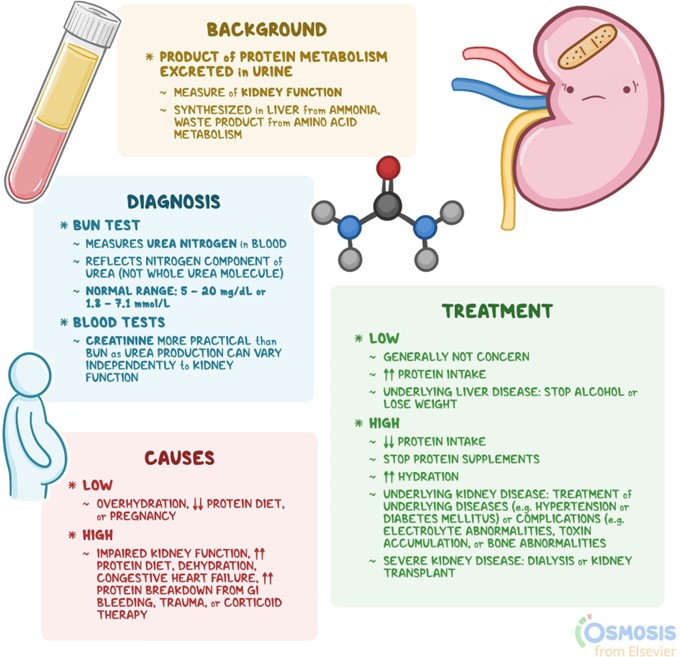A nurse is teaching a client who is on a low-sodium diet. Which of the following instructions should the nurse include? (Select all that apply.)
Limit intake of canned soups.
Choose botled salad dressings.
Choose diet sodas over botled water.
Replace processed meats with fresh meat products.
Read labels on foods before eating.
Correct Answer : A,D,E
Choice A: Limit intake of canned soups is correct because canned soups are high in sodium and can increase blood
pressure and fluid retention. The nurse should advise the client to choose low-sodium or homemade soups instead.
Choice B: Choose botled salad dressings is incorrect because botled salad dressings are also high in sodium and can have added sugars and fats. The nurse should advise the client to make their own salad dressings with vinegar, oil, herbs, and spices.
Choice C: Choose diet sodas over botled water is incorrect because diet sodas are not a healthy alternative to water. Diet sodas contain artificial sweeteners, caffeine, and phosphoric acid, which can affect the body's pH balance and calcium absorption. The nurse should advise the client to drink plain water or flavored water with natural ingredients.
Choice D: Replace processed meats with fresh meat products is correct because processed meats such as bacon, ham, sausage, and hot dogs are high in sodium and preservatives. The nurse should advise the client to choose fresh meat products such as chicken, turkey, fish, or lean beef.
Choice E: Read labels on foods before eating is correct because reading labels can help the client identify the sodium content and other ingredients in foods. The nurse should advise the client to look for foods that have less than 140 mg of sodium per serving and avoid foods that have salt, sodium, or monosodium glutamate (MSG) in the ingredient list.
Nursing Test Bank
Naxlex Comprehensive Predictor Exams
Related Questions
Correct Answer is A
Explanation
Choice A: Digoxin is correct because it is a medication that can cause visual disturbances, such as blurred vision, yellow-green halos, or photophobia, as a sign of digoxin toxicity. Digoxin toxicity can occur when the serum digoxin level exceeds the therapeutic range of 0.5 to 2 ng/mL. Digoxin toxicity can also cause nausea, vomiting, anorexia, confusion, bradycardia, and cardiac arrhythmias. The risk of digoxin toxicity is increased by hypokalemia, which can lower the threshold for digoxin action and enhance its effects on the cardiac muscle.
Choice B: Aspirin is incorrect because it is a medication that can cause gastrointestinal bleeding, tinnitus, or allergic reactions, but not visual disturbances. Aspirin is an antiplatelet and anti-inflammatory medication that can be used to prevent thromboembolic events, such as stroke or myocardial infarction, in patients with atrial fibrillation.
Choice C: Potassium chloride is incorrect because it is a medication that can cause hyperkalemia, or high potassium level, if taken in excess or in combination with other potassium-sparing drugs, but not visual disturbances. Potassium chloride is a supplement that can be used to treat or prevent hypokalemia, or low potassium level, in patients who are taking diuretics or have other causes of potassium loss.
Choice D: Warfarin is incorrect because it is a medication that can cause bleeding, bruising, or hematoma formation, but not visual disturbances. Warfarin is an anticoagulant that can be used to prevent thromboembolic events, such as stroke or pulmonary embolism, in patients with atrial fibrillation.

Correct Answer is A
Explanation
Choice A Reason: This is correct because BUN stands for blood urea nitrogen, which is a waste product of protein metabolism that is excreted by the kidneys. Increased BUN indicates fluid volume deficit, as the blood becomes more concentrated and the kidneys have less fluid to filter. A normal BUN level is 7 to 20 mg/dL. The nurse should monitor the client's fluid intake and output, weight, and serum electrolytes, and administer fluids as ordered.
Choice B Reason: This is incorrect because urine ketones are not related to fluid volume deficit, but to diabetic ketoacidosis, which is a complication of diabetes mellitus that occurs when the body breaks down fat for energy and produces ketones as a by-product. Increased urine ketones indicate diabetic ketoacidosis, which can cause
dehydration, acidosis, and coma. A normal urine ketone level is negative or trace. The nurse should monitor the client's blood glucose, pH, and bicarbonate levels, and administer insulin and fluids as ordered.
Choice C Reason: This is incorrect because urine specific gravity is a measure of the concentration of solutes in the urine. Decreased urine specific gravity indicates fluid volume excess, as the urine becomes more diluted and the kidneys excrete more fluid. A normal urine specific gravity range is 1.005 to 1.030. The nurse should monitor the client's fluid balance, vital signs, and edema, and administer diuretics as ordered.
Choice D Reason: This is incorrect because Hgb stands for hemoglobin, which is a protein in red blood cells that carries oxygen. Decreased Hgb indicates anemia, which is a condition that occurs when the blood has a low number of red blood cells or hemoglobin. Anemia can cause fatigue, weakness, and pallor. A normal Hgb level for adult males is 14 to 18 g/dL and for adult females is 12 to 16 g/dL. The nurse should monitor the client's oxygen saturation, iron level, and blood transfusion needs, and administer iron supplements or erythropoietin as ordered.

Whether you are a student looking to ace your exams or a practicing nurse seeking to enhance your expertise , our nursing education contents will empower you with the confidence and competence to make a difference in the lives of patients and become a respected leader in the healthcare field.
Visit Naxlex, invest in your future and unlock endless possibilities with our unparalleled nursing education contents today
Report Wrong Answer on the Current Question
Do you disagree with the answer? If yes, what is your expected answer? Explain.
Kindly be descriptive with the issue you are facing.
